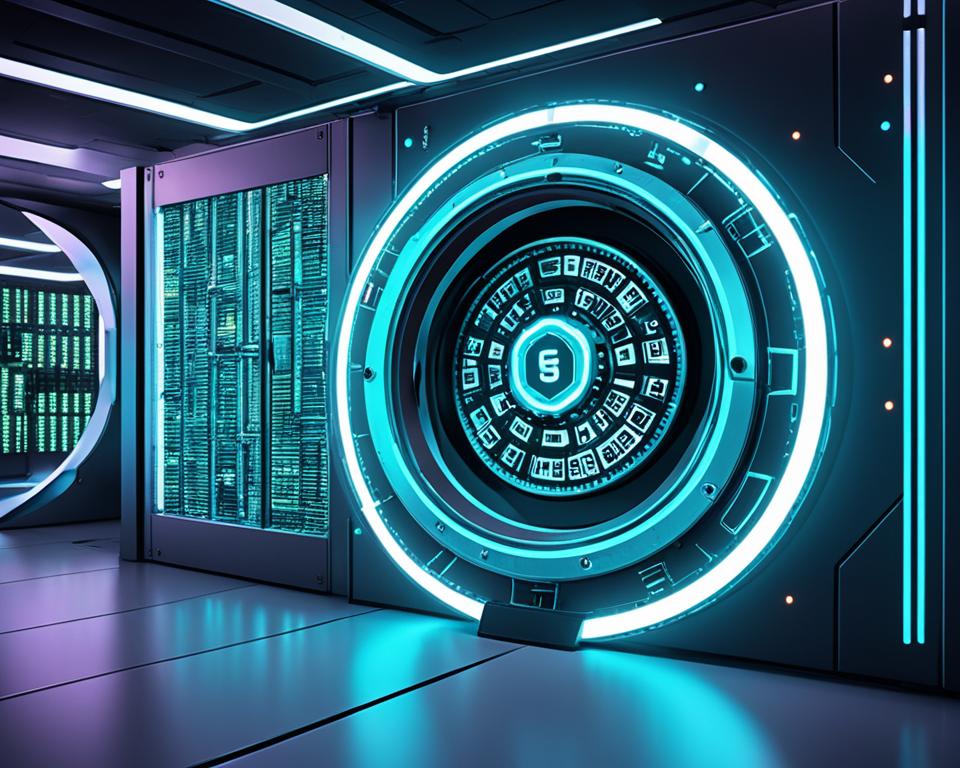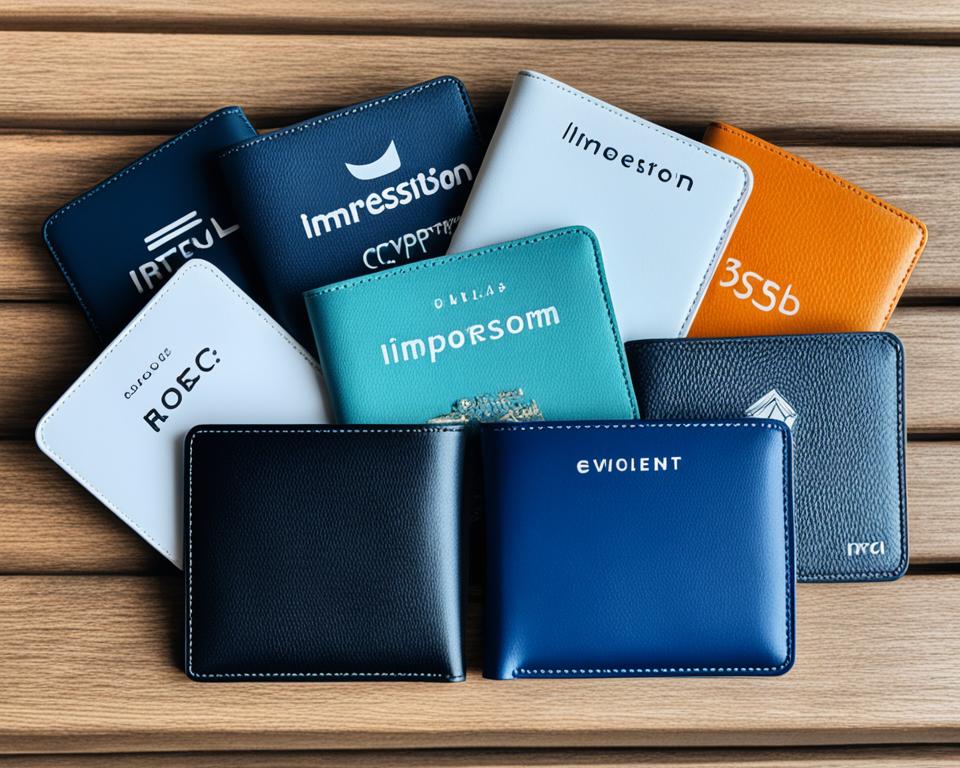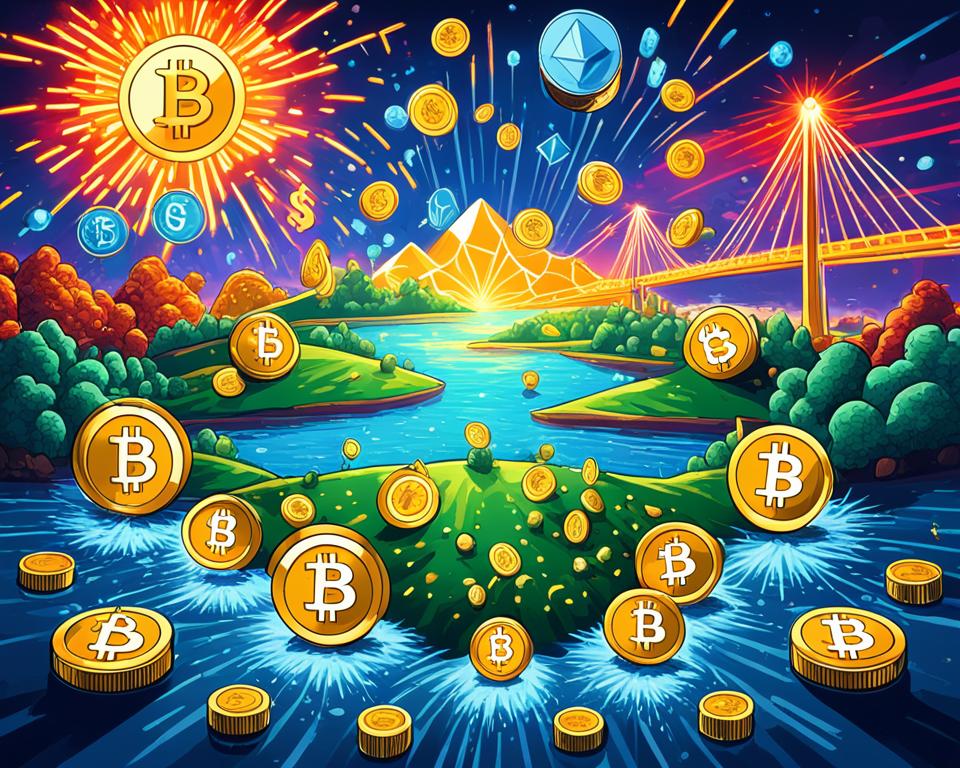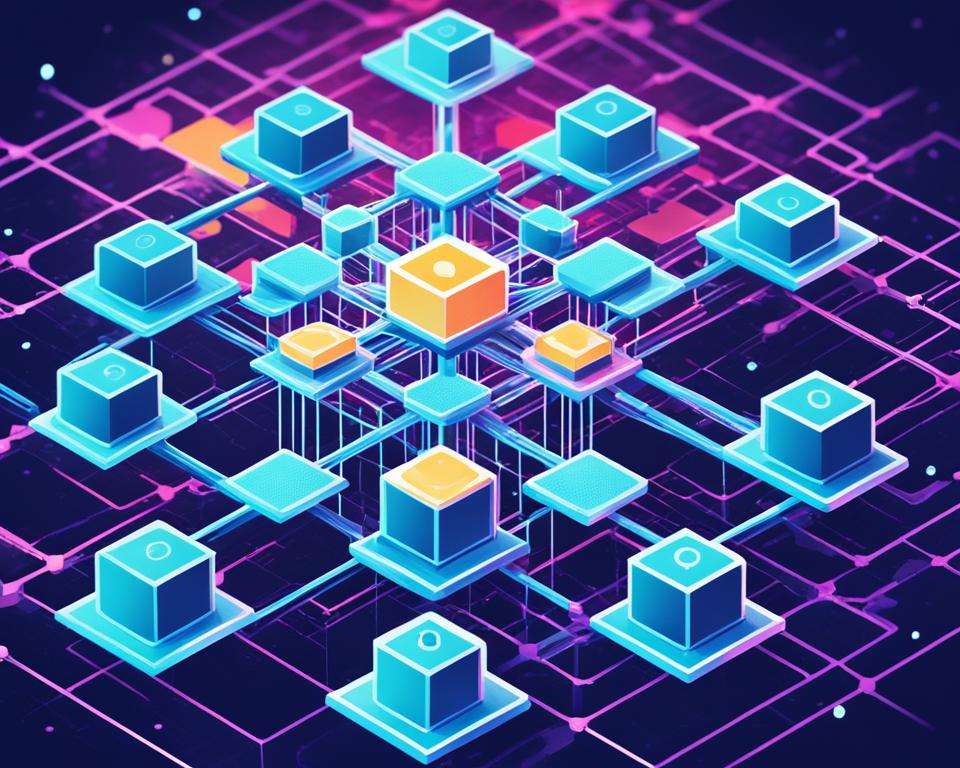Digital Assets – What They Are and How to Manage Them

In today’s ever-evolving digital landscape, a new class of assets has emerged that is captivating the attention of investors, creators, and enthusiasts alike: digital assets. From cryptocurrencies and non-fungible tokens (NFTs) to metaverse assets and virtual property, this dynamic realm offers a wealth of opportunities for those willing to navigate it. In this comprehensive article, we’ll explore the world of digital assets, delving into the intricacies of blockchain technology, digital ownership, and the rapidly expanding decentralized finance (DeFi) ecosystem.
Whether you’re a seasoned investor or simply curious about the digital frontier, this article will serve as your guide to understanding, managing, and unlocking the potential of digital assets. From digital collectibles and crypto art to the transformative impact of the metaverse, you’ll gain the knowledge and insights needed to make informed decisions and thrive in this exciting new era of digital ownership and value creation.
Key Takeaways
- Digital assets encompass a wide range of virtual properties, including cryptocurrencies, non-fungible tokens (NFTs), and metaverse assets.
- Blockchain technology is the backbone of the digital asset ecosystem, enabling secure, transparent, and decentralized transactions.
- Understanding the different types of digital assets and their unique characteristics is crucial for effective management and investment.
- The rise of decentralized finance (DeFi) and digital ownership has opened new frontiers for individuals to engage with and derive value from digital resources.
- The metaverse and virtual property present exciting opportunities for individuals and businesses to create, own, and monetize digital assets.
Demystifying Digital Assets
In the ever-evolving digital landscape, the concept of digital assets has gained significant attention. Digital assets refer to any form of electronic or virtual property that holds value, including cryptocurrencies, non-fungible tokens (NFTs), and other virtual items. These digital assets are unique and can be owned, traded, or used within digital environments, such as online games, virtual property, or decentralized applications.
What are Digital Assets?
Digital assets are a new class of virtual items that have emerged with the rise of blockchain technology and the increasing digitalization of our world. These assets can take many forms, from digital collectibles and crypto art to virtual real estate and in-game items. What sets digital assets apart is their ability to be owned, verified, and traded on a decentralized network, providing a new level of digital ownership and control for individuals.
Types of Digital Assets
The world of digital assets is vast and diverse, with a wide range of asset types to explore. Some of the most common types of digital assets include:
- Cryptocurrencies: Digital currencies, such as Bitcoin and Ethereum, that are secured by blockchain technology and can be used for transactions and investments.
- Non-Fungible Tokens (NFTs): Unique digital assets that are recorded on the blockchain, allowing for true digital ownership and authenticity. NFTs can represent digital art, collectibles, virtual real estate, and more.
- Virtual Property: Digital assets that represent ownership of virtual spaces, such as land or buildings in metaverse environments or in-game virtual worlds.
- Digital Collectibles: Rare and unique digital items, like digital trading cards or virtual items, that can be collected, traded, and appreciated for their scarcity and value.
- Crypto Art: Digital artwork that is minted as an NFT, allowing artists to monetize their creations and establish provenance and authenticity.
As the digital landscape continues to evolve, the types and applications of digital assets are constantly expanding, offering new opportunities for individuals to engage with and invest in the digital world.

Cryptocurrency and Blockchain: The Digital Assets Revolution
As the world of digital assets continues to evolve, the role of cryptocurrency and blockchain technology has become increasingly integral to this transformative landscape. In this section, we’ll delve deeper into the fundamental workings of cryptocurrency and explore how blockchain technology is revolutionizing the concept of digital ownership.
Understanding Cryptocurrency
Cryptocurrency is a form of digital currency that utilizes blockchain technology to enable secure, transparent, and decentralized transactions. Unlike traditional fiat currencies, cryptocurrencies are not controlled by any central authority, such as a government or financial institution. Instead, they operate on a distributed ledger system, where transactions are recorded and verified by a network of computers, known as nodes, across the blockchain.
The decentralized nature of cryptocurrencies allows for direct peer-to-peer transactions without the need for intermediaries, reducing transaction fees and enabling digital ownership of these assets. Cryptocurrencies like Bitcoin and Ethereum have gained significant traction as a means of exchange, investment, and as a store of value, revolutionizing the way we think about digital assets and decentralized finance (DeFi).
Blockchain Technology and Digital Ownership
At the core of the cryptocurrency revolution is the underlying blockchain technology. Blockchain is a distributed database that records and verifies transactions in a secure, transparent, and decentralized manner. Each block in the chain contains a number of transactions, and every time a new transaction occurs, a record of that transaction is added to every participant’s ledger.
This technology enables the creation of digital ownership for a wide range of assets, including cryptocurrencies, non-fungible tokens (NFTs), and even virtual property in the metaverse. By providing a tamper-proof and transparent record of ownership, blockchain empowers individuals to truly own and control their digital assets, revolutionizing the way we think about virtual property and digital collectibles.
| Cryptocurrency | Blockchain Technology | Digital Ownership |
|---|---|---|
| A form of digital currency that utilizes blockchain technology for secure, decentralized transactions. | A distributed database that records and verifies transactions in a secure, transparent, and decentralized manner. | The ability to truly own and control digital assets, enabled by the transparent and tamper-proof nature of blockchain technology. |
| Examples: Bitcoin, Ethereum | Allows for the creation of digital ownership for a wide range of assets, including cryptocurrencies, NFTs, and virtual property. | Empowers individuals to own and control their digital assets, revolutionizing the concept of virtual property and digital collectibles. |
Non-Fungible Tokens (NFTs) and Crypto Art
In the dynamic world of digital assets, the emergence of non-fungible tokens (NFTs) and crypto art has captivated the attention of both creators and collectors. NFTs are unique digital assets that are recorded on the blockchain, providing a new level of authenticity and ownership in the digital realm. These innovative tokens are revolutionizing the way we perceive and interact with digital art, transforming the way artists create, distribute, and monetize their work.
Non-Fungible Tokens (NFTs) and Crypto Art
NFTs have opened up new frontiers for digital artists, allowing them to create and sell their work in ways that were previously impossible. By leveraging the power of blockchain technology, artists can now tokenize their digital creations, ensuring their authenticity and scarcity. This has led to the rise of a vibrant crypto art market, where collectors can purchase and own unique digital artworks, just as they would with traditional physical art.
Metaverse Assets and Virtual Property
The growth of the metaverse, a virtual shared space powered by blockchain technology, has further expanded the possibilities of digital assets. Metaverse assets, such as virtual land, buildings, and other virtual property, have become highly sought-after as users seek to create, explore, and invest in these immersive digital worlds. The ability to own and trade these virtual assets has opened up new opportunities for individuals and businesses to participate in the burgeoning metaverse economy.
As the digital asset landscape continues to evolve, the integration of non-fungible tokens (NFTs), crypto art, metaverse assets, and virtual property has become increasingly prominent. These innovative digital blockchain technology and digital ownership solutions are empowering creators, collectors, and investors to redefine the way we engage with and value digital collectibles.

Conclusion
As you’ve explored, the world of digital assets is rapidly evolving, offering innovative ways to engage with and invest in the digital realm. From the groundbreaking advancements in cryptocurrency and blockchain technology to the rise of non-fungible tokens (NFTs) and metaverse assets, this landscape has transformed the very concept of digital ownership and value.
By understanding the various types of digital assets, including cryptocurrencies, NFTs, and virtual property, you can position yourself to capitalize on the opportunities presented by this dynamic ecosystem. The integration of blockchain technology has enabled secure, transparent, and decentralized transactions, empowering individuals to assert their digital rights and participate in the growing decentralized finance (DeFi) ecosystem.
Whether your interest lies in collecting unique digital artwork, investing in virtual real estate, or exploring the immersive experiences of the metaverse, the digital assets revolution offers a world of possibilities. As you continue to navigate this exciting frontier, stay informed, stay curious, and embrace the endless potential that digital assets hold for the future of digital ownership, value creation, and the evolution of our digital lives.




